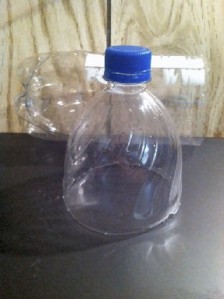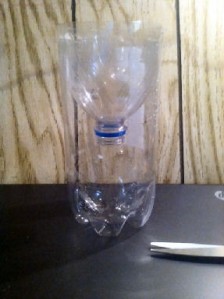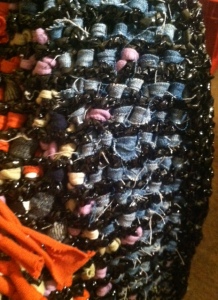Tis the season where every new product is pumpkin flavored. Why? Because aside from carving jack o lanterns and tin cans of puree for pie the average person has no idea what to do with pumpkins sadly.
When my son was little, he wanted to grow his own pumpkins for carving so we did. It broke my heart seeing all the waste though so I thought of more ways to use the produce. I’m by no means one of the gazillion pumpkin aholics out there, but it is a tasty treat in the fall.
Another benefit of pumpkins is that if kept in a cool place, fresh pumpkins will keep for ages without other assistance. There’s a reason pumpkins were a popular food prior to refrigerators.
Now my dogs absolutely love their pumpkin treats. Not only is it cheaper than the store bought varieties but it’s healthier too! My old man dog started having problems pooping and the added pumpkin fiber makes it easier on him.
I’m not quite sure on the amounts since I just eye ball it but I’ve roughly estimated. I make my treats softer and more gooey rather than crunchy and about 1/2 inch square. The size and consistency works best for my chihuahuas since they’re older.
Ingredients: 4C flour, 1C pumpkin pureed, 2 eggs, 1/2Tspn salt, & water
- In a bowl, mix pumpkin, eggs, and salt until smooth
- Slowly add in flour and mix thoroughly
- Add water as needed until all the flour has been added and the dough is cook consistency
- Allow the dough to sit for 15 minutes and preheat the oven to 350F
- On ungreased cookie sheet, lay out 1/2 inch balls so they aren’t touching. The dough doesn’t swell at all so you can really load the sheet up
- Bake 10 minutes on one side. Flip the treats over and turn the pan. Bake for another 5 minutes for gooey consistency or 10 minutes for crunchy.
I usually get roughly 140 treats out of the recipe. I store them in a ziplock bag in the freezer to keep them fresh.











